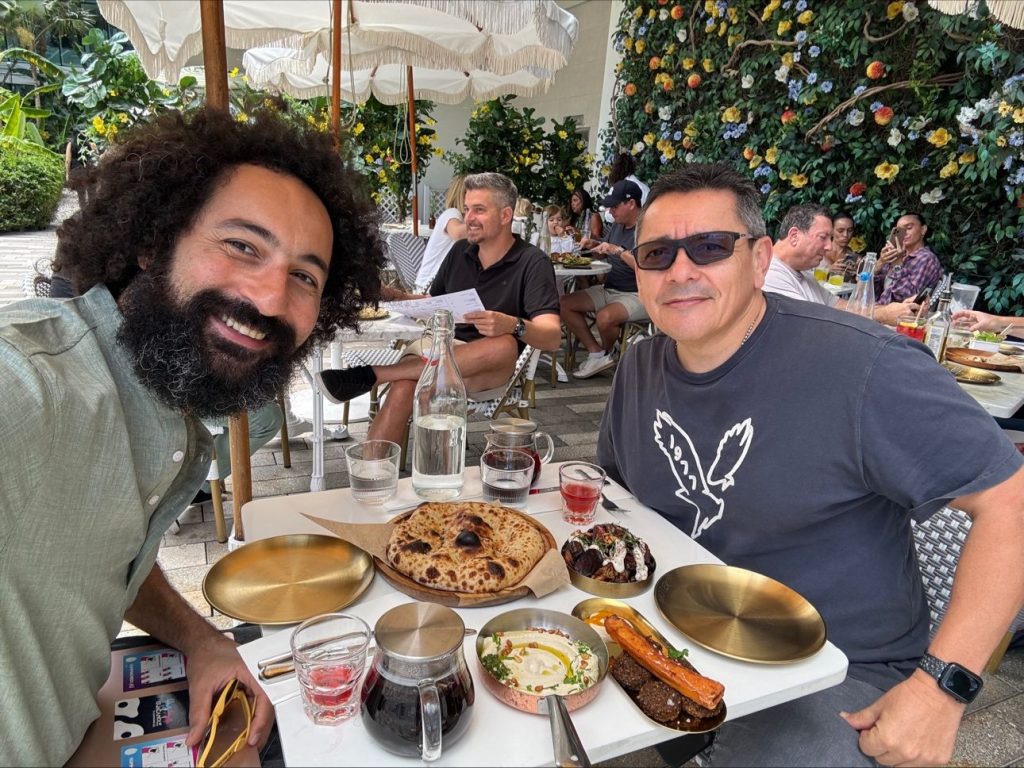
I had lunch with Hernan Londono, Ph.D. at Motek in Aventura with delicious Israeli mezza and hibiscus tea (highly recommended); and I enjoyed a conversation with a multi-faceted achiever who excels in combining three worlds: AI and technology, business, and execution. Hernan travels extensively and has discovered how AI is perceived and applied differently in various geographical pockets.
In Silicon Valley, it’s all about the builders—the gold rush mentality of building fast and breaking fast—without much concern for the long-term impact of AI. In Northeast corporations, AI integration into operations happens swiftly and efficiently. However, in the rest of the country, there is significant confusion. People have a vague and relatively basic understanding of AI, and during integrations, they often make mistakes. They rely on individuals with less real expertise who tend to over-promise and underdeliver. Hernan shared examples of how a multi-billion-dollar healthcare company’s board mistakenly believed they could internally build an LLM (language model) within three weeks with just a couple of employees.
Another part of our conversation centered around the role of a strategic advisor. Business executives often lack familiarity with the technology side, while IT teams may not be experts in the business and AI domains. This gap is where an AI strategist can bridge the divide and bring the parties together.
One interesting area of conversation was around the landscape of cyber risk. Companies must have a limited tolerance to risk, where the board can reject or accept the risk presented by independent third parties. Let’s say a hospital has a complex multi dimensional risk profile from external threats to security considerations of their AI to internal fraud. Now as companies are becoming ever-increasingly more prone to risk, they have to either accept the risk and face the consequences when something happens or reject the risk and do something about it, which is getting harder and harder as cyberattacks are becoming more complex. Many of these corporations also face getting assessed for their cybersecurity insurance.
Companies should act fast. They cannot figure everything themselves. They should get expert opinions. They have to continuously monitor the upside/opportunity vs. risk ratio. Part of this risk is cyber risk which is extremely getting more complex for companies. They have to act fast to reduce this cyber risk before it’s too late.
